In this documentary companion to CHARLIE'S COUNTRY, Australian actor David Gulpilil tells the story of when his people's way of life was derailed by ours.
Related Movies

Billy Bragg & Wilco: Man in the Sand (2005)
"Man in the Sand" is a 1999 music documentary that chronicles the collaboration between Billy Bragg and Wilco, which involved the musicians creating new music to accompany lyrics that were written decades earlier by folk singer Woody Guthrie. The project, which was organized by Woody's daughter Nora, spawned two albums: "Mermaid Avenue," released in 1998, and "Mermaid Avenue Vol. II," released in 2000.
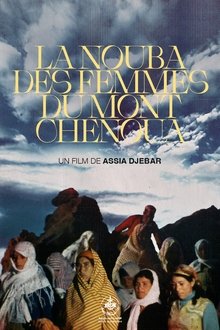
The Nouba of the Women of Mount Chenoua (1978)
Writer and filmmaker Assia Djebar explores Algerian history, the psychological impact of war, and post-colonial female identity in this 1979 classic of film literature. Named for (and taking its structure from) a traditional song with five distinct movements, the film combines documentary-style observation with loose narrative form to tell the story of Lila, an Algerian expatriate returning to her country 15 years after independence has been won. In comparing her life with the lives and experiences of rural Algeriennes, Lila is able to put her childhood demons to rest and discover a new history -- one written in the ongoing strength of generations of women. Like much of Djebar's writing, the film has a strong subtext dealing with resistance to patriarchy and women's desire to appropriate the means of power and expression -- one of which, of course, is the filmmaker's camera.
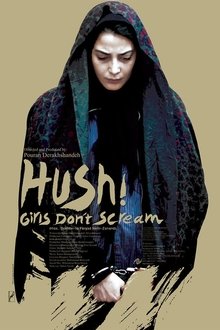
Hush! Girls Don't Scream (2013)
Hours before her scheduled marriage, young bride-to-be Shirin murders a man. The crime is completely unexpected and goes against everything we know of her. We learn that Shirin has had two unsuccessful marriage attempts, and is deeply psychologically troubled. But as the dark secrets in her past are slowly revealed, exposing a childhood of neglect, abuse, and the tragic history of two previous failed marriages, the characters must face their own battles with justice, retribution, and morality.

The New Rijksmuseum (2008)
At the end of 2003 the main building of the Amsterdam Rijksmuseum has closed, in the words of managing director Ronald de Leeuw, becoming 'the most conceivable art museum'. The Spanish architects Cruz and Ortiz signed for the big design; in 2008 the modernized museum would open with a pioneering museum concept. Moviemaker Hoogendijk followed the first four years of what is called the biggest Dutch cultural operation in history.
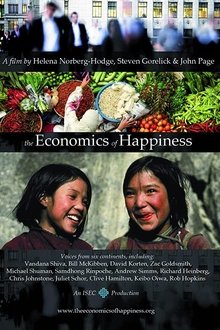
The Economics of Happiness (2011)
'The Economics of Happiness' features a chorus of voices from six continents calling for systemic economic change. The documentary describes a world moving simultaneously in two opposing directions. On the one hand, government and big business continue to promote globalization and the consolidation of corporate power. At the same time, all around the world people are resisting those policies, demanding a re-regulation of trade and finance - and, far from the old institutions of power, they're starting to forge a very different future. Communities are coming together to re-build more human scale, ecological economies based on a new paradigm - an economics of localization.

Always a Bridesmaid (2000)
Nina Davenport's journey through her life as a wedding videographer who is unable to receive a marriage commitment from her boyfriend. As she attempts to make sense of her life, Davenport interviews elderly women who never married and her own mother, who was quite the prize in her day.
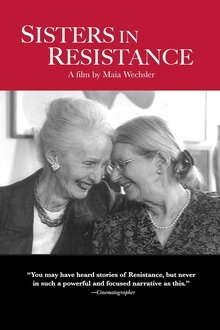
Sisters in Resistance (2001)
Four young women joined the Resistance to fight Nazi oppression and brutality in occupied France. They were arrested and deported to Ravensbruck concentration camp, where they helped each other to survive. SISTERS IN RESISTANCE captures their recollections and the intense friendship that has survived with them.
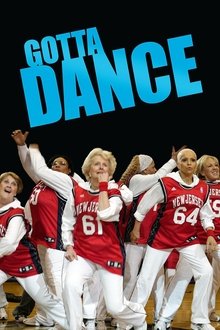
Gotta Dance (2008)
Chronicles the first-ever, senior citizen hip-hop dance team for the New Jersey Nets Basketball team, 12 women and man - all dance team newbies, from auditions through to center court stardom.
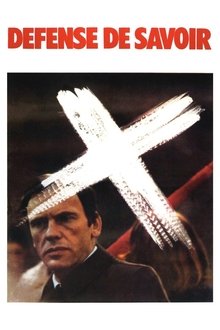
Défense de savoir (1973)
When a woman is accused of murder, the investigation slowly reveals numerous political connections. Laubret, the court-appointed defense lawyer, does everything in his power to expose the truth.

Finding Dawn (2006)
Métis filmmaker Christine Welsh puts a human face on a national tragedy: the murders and disappearances of an estimated 500 Aboriginal women in Canada over the past 30 years. Explores the deep historical, social, and economic factors that contribute to this epidemic of violence against Native women.
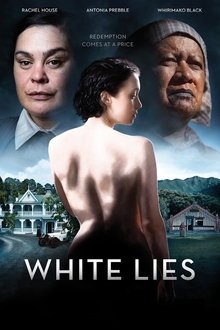
White Lies (2013)
A medicine woman - a giver of life - is asked to hide a secret which may protect one life but which will destroy another.
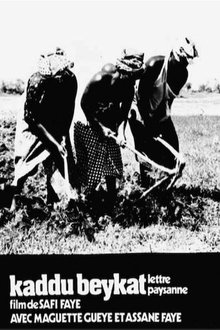
Letter from My Village (1976)
Ngor is a young man living in a Senegalese village who wishes to marry Coumba. Ongoing drought in the village has affected its crop of groundnuts and as a result, Ngor cannot afford the bride price for Coumba. He goes to Senegal's capital city, Dakar, to try to earn more money and is exploited there. He returns to the villagers and shares his experiences of the city with the other men. The story, which shows the daily lives of the villagers, is told in the form of a letter to a friend from a villager, voiced by Faye.

Tea Time (2014)
More than sixty years after leaving high school, former classmates Alicia, Gema, Angelica, Ximena and Maria Teresa are still devoted to their regular catch-ups in which they exchange gossip and reminiscences over elaborately presented afternoon teas. Impeccably turned out, the ladies’ free-wheeling tea-time chats run the gamut from mortality and marital infidelity to soccer and twerking.
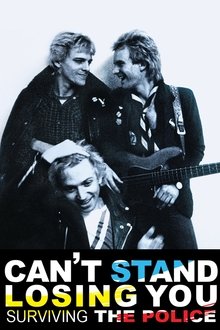
Can't Stand Losing You: Surviving The Police (2012)
Based on the acclaimed memoir by renowned guitarist Andy Summers, Can’t Stand Losing You: Surviving The Police follows Summers’ journey from his early days in the psychedelic ‘60s music scene, when he played with The Animals, to chance encounters with drummer Stewart Copeland and bassist Sting, which led to the formation of a new wave trio, The Police. The band’s phenomenal rise and its highly publicized dissolution at the height of their fame in the early ’80s captured by Summers’ camera. Utilizing rare archival footage, Summers’ photos, and insights from the guitarist’s side of the stage, Can’t Stand Losing You brings together past and present as the band members prepare to reunite for the first time in two decades later for a global reunion tour in 2007.

A Girl and a Gun (2013)
A Girl and A Gun shows the female perspective on an object whose history is deeply bound to men and masculinity. The classic Hollywood portrayals of pistol packin' mamas, tomboy sharp shooters, sexually twisted femme fatales, and high-heeled, cold-blooded assassins are caricatures. In truth, the typical woman who hangs out at rifle ranges and keeps ammo in her purse is the girl-next-door, the single mom, a hard working sister or aunt. Maybe she's a realist or has learned tough lessons from life; either way, she cares about her personal safety and may even find salvation, comfort or something satisfying in possessing a gun. In a word, she is empowered. Breaking through the caricatures, A Girl and a Gun reveals America's diverse and far-ranging female gun community. It depicts how this community is portrayed by the media and targeted by the gun industry; and shows, through personal stories, how guns change women's lives.

Fortress (2013)
This Czech documentary presents a visit to the Pridnestrovian Moldavian Republic (a.k.a. Trans-Dniestr) as a trip to a museum of communist totalitarianism. The country, whose independence has been recognized by only a few other states, remains an isolated multi-ethnic enclave held together by an authoritarian regime. In a country where you are only allowed to film out the window of a train, the locals are afraid of being denounced but are glad to live in a comfortable refuge from the hectic modern world, and songs on television celebrate the president.
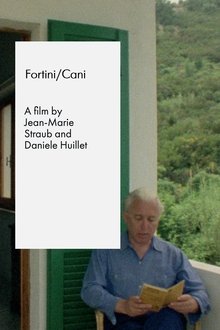
Fortini/Cani (1977)
The film is a sort of presentation of Franco Fortini's book 'I Cani del Sinai'. Fortini, an Italian Jew, reads excerpts from the book about his alienation from Judaism and from the social relations around him, the rise of Fascism in Italy, the anti-Arab attitude of European culture. The images, mostly a series of Italian landscape shots, provide a backdrop that highlights the meaning of the text. - Fabrizio Sabidussi
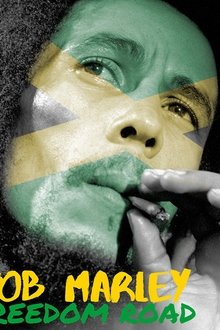
Bob Marley - Freedom Road (2007)
He was and is, without doubt, Jamaica's finest export and in this programme we can reveal for the first time the behind the scenes Bob Marley that only his closest confidantes could know. To understand more about this iconic Jamaican his long time girlfriend and Oscar nominated actress Esther Anderson describes in some detail along with exclusive unpublished home video footage, their life together at home in Jamaica and of their time spent in Hope Road, London. Of all the people who considered themselves closest to him, Esther was probably the person who knew more about the man's innermost thoughts and fears than any; so much was she in tune with him she even helped to write some of his hit records. Also featured is the last interview he would ever give in the UK when journalist Kris Needs questions him about his foot injury (the injury that would eventually kill him) plus many other topics about which Marley held strong views.

Jackson Pollock: Love and Death on Long Island (1999)
A documentary about the life and tragic death of abstract artist Jackson Pollock. Features are interviews with Lee Krasner (Pollock's wife), and other friends and fellow artists. Also featured are scenes of Pollock as well as an interview he did. This is a great glimpse into the mind of a great artist.